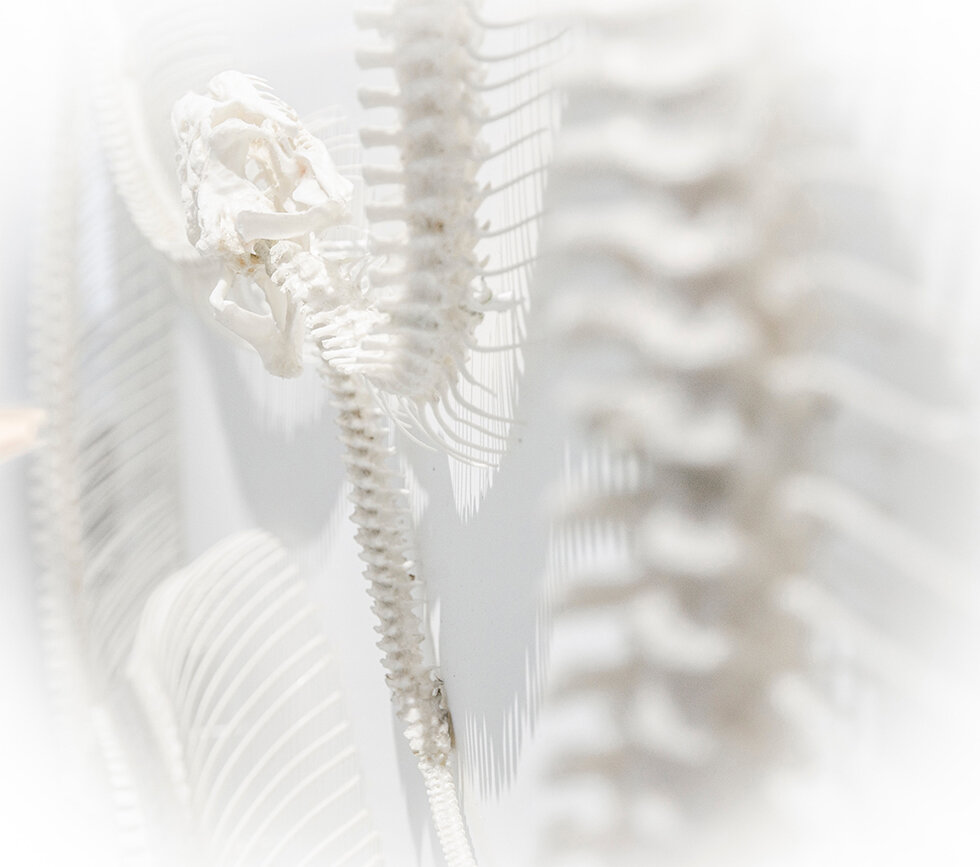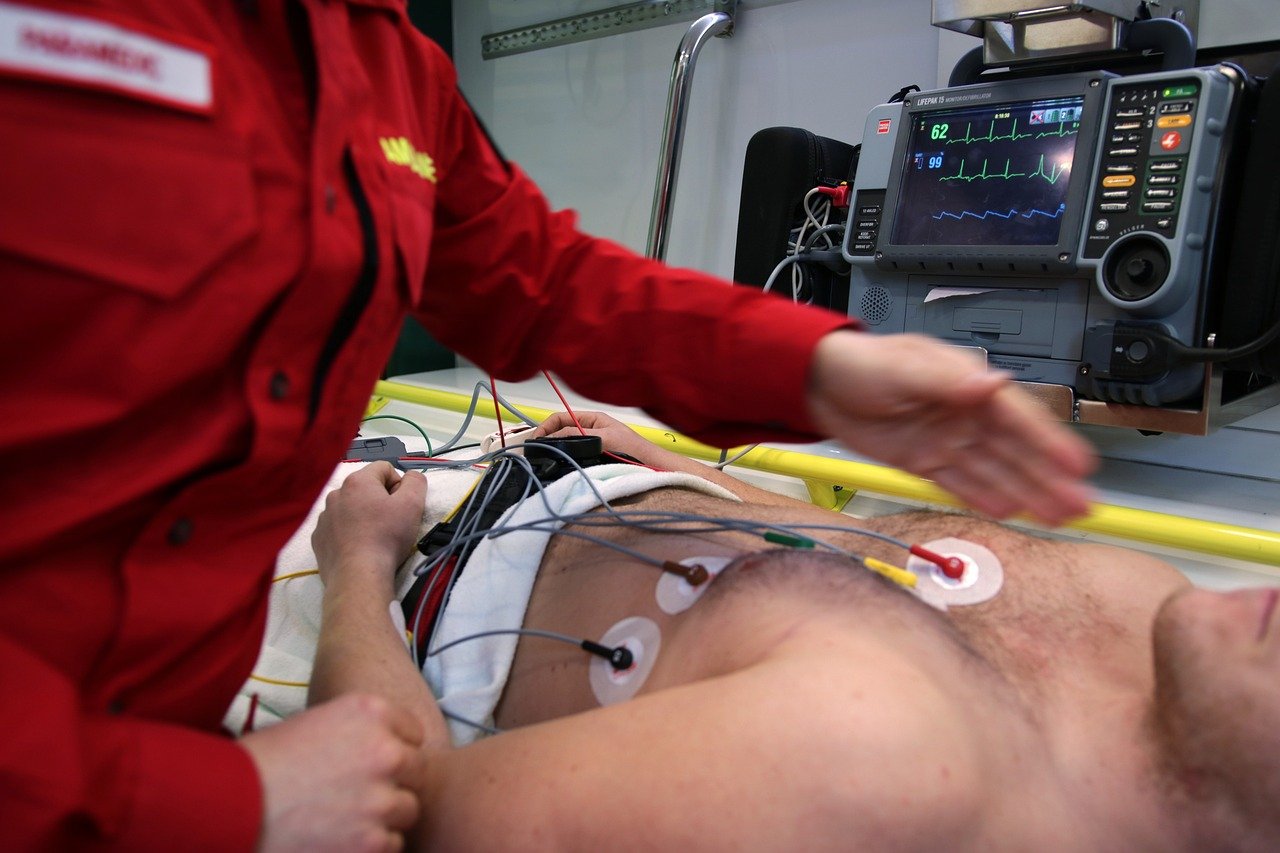
Making Medicine Easy
Pass Your Classes & Exams with EZmed!
Coming Soon!
More resources to make studying easier.
Popular Lectures
How to Place a 12-Lead ECG: Electrode Location & Chart
12 Lead ECG placement MADE EASY for nursing, EMTs, EMS, students, and more! Mnemonic to remember limb and precordial electrode and lead wire locations, positions, and colors! Step-by-step diagrams, colorful pictures, and simple charts included!
How to Place a 5-Lead ECG: Electrode Placement Explained
5 lead ECG placement explained using an acronym mnemonic to remember the location of the electrodes and colored lead wires! Diagrams included! 5 lead ECGs are used for cardiac monitoring and telemetry, and knowing where to place the lead wires is important. Great for nursing, paramedics, EMTs, students, and more!
General Anesthesia vs Sedation: Definitions & Example Drugs
General anesthesia vs sedation MADE EASY! Includes definitions and meanings, a list of example general anesthetic and sedative drugs used, along with their side effects, medication names, classification, and mechanism of action. Review of propofol, ketamine, etomidate, midazolam, inhalation anesthetics, and more! Colorful diagrams and simple explanations!
Parkland Formula for Burns: Pediatric and Adult Examples
The Parkland formula for burns simplified! The Parkland formula is used in burn patients to calculate the recommended initial fluid requirements after injury. We walk through the calculations for adults and children, along with examples and practice questions! Includes how to calculate TBSA with the Rule of Nines and more! Great for EMTs, nursing, students, USMLE, NCLEX, and all medical learners!
Rule of Nines for Burns: Child & Adult Chart Calculations
The rule of nines (9s) for burns made easy! Includes charts, tables, and diagrams to define the rule of nines for an infant, baby, child, and adult. Examples and practice questions to quiz yourself are also provided! Great for EMTs, nursing, students, medical learners, USMLE, NCLEX, and more!
Le Fort Fractures: See No Evil, Hear No Evil, Speak No Evil
Midface fractures of the skull can be differentiated using the Le Fort classification system. Learn this easy way to remember the different types of Le Fort fractures using the “see no evil, hear no evil, speak no evil” saying. Includes illustrations to help visualize the fractures.
Every EZmed topic contains a video that goes along with the written lecture.
While the videos are embedded in each lecture above, you can also view all of the EZmed videos on the EZmed YouTube Channel!
Videos are a great way to supplement your education, especially for the visual and audio learners.
Reading the concise lecture and watching the corresponding video will help solidify your knowledge of that particular topic for exams and practical use.

Get in Touch
Reach out if there are any topics you want to learn more about or think would make a great post. Thank you for using EZmed!






